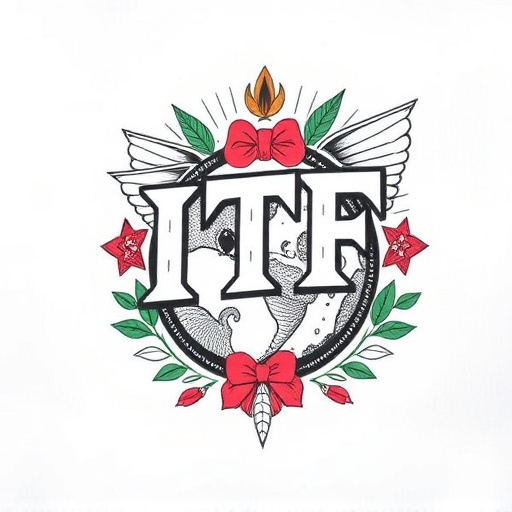To preserve the quality of DTF (Direct-to-Film) film sheets, store them in a cool, dry environment, protect from direct sunlight and moisture, maintain flat storage to prevent creases, use airtight acid-free containers, and organize sheets by design, date, material, and project type for optimal access and long-term preservation. Efficient organization enhances productivity and ensures consistent high-fidelity applications in apparel and signage.
Storing DTF film sheets correctly is paramount to preserving their integrity and performance. This guide delves into the optimal storage practices for DTF film sheets, ensuring long-term viability and easy access. We’ll explore the unique requirements of these advanced materials, from understanding their structure to creating an ideal environment. Learn practical tips for efficient organization and retrieval, ensuring your DTF film sheets remain in top condition for when you need them most.
- Understanding DTF Film Sheets and Their Storage Needs
- Creating an Ideal Environment for Long-Term Preservation
- Practical Tips for Efficient Organization and Access
Understanding DTF Film Sheets and Their Storage Needs

DTF (Direct-to-Film) film sheets are a cutting-edge technology in the printing industry, offering high-quality results for various applications, from apparel to signage. Understanding the unique storage needs of DTF Film Sheets is crucial for maintaining their integrity and ensuring optimal performance during the transfer process. These sheets require specific conditions to preserve their adhesiveness and durability.
Proper storage involves keeping them in a cool, dry place away from direct sunlight and excessive moisture. Environmental factors significantly impact DTF Film Sheets’ longevity; hence, controlling temperature and humidity levels is essential. Additionally, storing them flat, without any creases or wrinkles, maintains the integrity of the film surface, ensuring precise alignment during the dtf file preparation stage and ideal dtf heat transfers. Meeting these storage requirements guarantees that the DTF design requirements are met, allowing for consistent and high-fidelity results in every application.
Creating an Ideal Environment for Long-Term Preservation

To ensure the long-term preservation of DTF Film Sheets, it’s crucial to create an ideal environment for storage. This starts with a cool, dry place free from direct sunlight and moisture. Heat and humidity can cause the sheets to degrade over time, so maintaining consistent temperatures is key. Consider using an airtight container or envelope made from acid-free materials to protect against environmental contaminants that can weaken the film.
Additionally, storing DTF Film Sheets flat, rather than rolled, helps prevent creasing and tearing. If you’re dealing with large quantities through dtf bulk orders or custom orders, invest in archival quality storage boxes designed for durable prints. This not only safeguards the sheets but also makes it easier to organize and access them when needed, ensuring optimal preservation for future projects.
Practical Tips for Efficient Organization and Access

Efficient organization is key when storing DTF Film Sheets to ensure easy access and optimal use. Consider implementing a clear labeling system on each sheet, including details like design name, date, and material used, making it simple to identify and locate specific sheets. Storage should be in a cool, dry place, away from direct sunlight or extreme temperatures, as these conditions can degrade the film over time. Using archival-quality storage containers, such as acid-free boxes or folders, will protect your DTF Film Sheets from environmental damage and ensure their longevity.
For optimal organization, arrange sheets by project type, design style, or material preference. If you utilize a diverse range of DTF transfer by size, keeping them separated can simplify the selection process. Similarly, for those involved in DTF custom apparel creation, categorizing sheets based on fabric types or color palettes will streamline the sampling and production phases. Remember, a well-organized collection of DTF printing process materials not only saves time but also enhances overall productivity.
Storing DTF Film Sheets properly is essential for maintaining their integrity and longevity. By creating an optimal environment, organizing efficiently, and accessing them with care, you can ensure these valuable film sheets remain in top condition for future use. Remember, proper storage is key to preserving the quality of DTF Film Sheets, allowing you to fully appreciate their benefits for years to come.














